Scuba diving Griffins! (Part 2)
The only thing you can hear while diving underwater is the sound of your own breath
Students from Mr. Fenton’s first period class practicing scuba diving in the deep-end of the Los Al pool. On this side of the pool, it can get to be up to 13 feet deep – perfect for novice divers.
November 3, 2022
LOS ALAMITOS, CA — The Los Alamitos High School Aquatics Center is home to the school’s swimming and aquatic sports, from water polo to competitive swimming and diving. Now, Los Al’s pool has offered a new kind of activity: scuba diving.
The scuba diving class is a temporary alternative to the Physical Education class. This means that, during October, students had the option to switch to the month-long scuba diving course instead of following the regular P.E. curriculum. Students benefit from the scuba diving course, which offers a new experience for students who may have been doing P.E. since middle school and yearn for change.
The course at Los Al was taught by Mr. (Mike) Fenton who is the owner of Left Coast Scuba, a local O.C. business that provides scuba diving instruction. Mr. Fenton has been teaching scuba diving for 20 years and was introduced to it in high school through diving lessons. He shared that his favorite location to dive is the Philippines.
“I like shipwrecks, and [the Philippines] have a lot; I believe more than anywhere else in the world,” Mr. Fenton said.
Fenton remarked that his favorite part about teaching scuba diving is the expressions of awe on his students’ faces after taking their first breath underwater. Many students agree that the scuba diving class experience has been unforgettable.
“My favorite part of [the class] has been breathing underwater because I can pretend I’m a mermaid for a few minutes without drowning,” Laila Stearns, a student at Los Al, shared.
“Everything is better with a friend,” student Jenny Woo declared. “The breathing [underwater] part is cool, too, but it will be a lifelong memory for being able to do something like this with friends.”
When the class started in late September, Fenton’s first lesson was teaching the group the different components of scuba diving equipment. The main components that the students needed to learn were the regulator, the breathing mouthpiece for scuba diving, the Buoyancy Control Device (BCD), a vest that allows divers to be weightless underwater, and the tank, which supports everything from the BCD to the air that divers breathe under the surface.
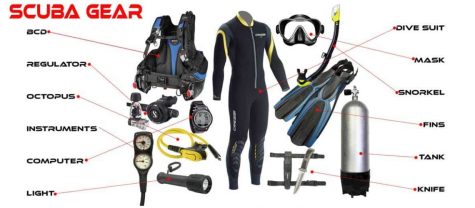
Next, Fenton wanted his students to experience the real thing. Students took turns practicing breathing underwater with the regulator by simply ducking under the surface in the shallow end of the pool.
“It is such a cool experience not to have to come up for air, and to swim faster with the fins!” Woo proclaimed. “It’s a really amazing experience.”
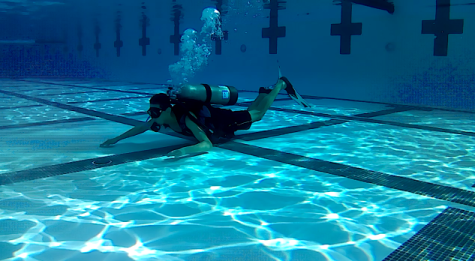
Over the next few days, the students practiced swimming with fins and goggles. They also learned how to set up the scuba diving equipment, until they were able to finally scuba dive.
“I teach everyone the same,” Fenton explained. “They all go through the same path to get to the end result (being a safe scuba diver). It allows people to go at their own pace. Anyone can learn as long as they try and don’t give up.”
“My advice to future students is to not be slow to get off the bleachers because otherwise, you have to wait… until [your next turn],” Stearns tipped.
“Don’t be afraid and just breathe. (No pun intended),” student Sarah Urquiza advised.
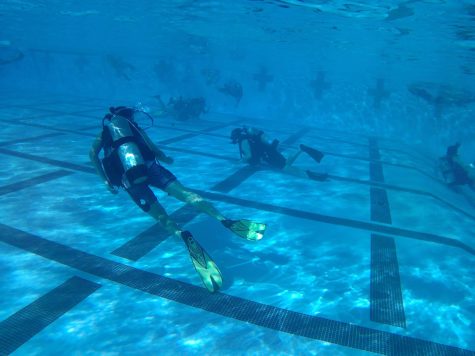
Many students were eager to go straight for the deep end of the pool, but Fenton had his students practice with all the gear on in the seven-foot depth area of the pool first. The class did this for multiple days, taking turns adjusting to the equipment. At last, during their final week of the course, the class got to dive down to the deepest section of the pool.
“My favorite part of the pool was the deep end,” Urquiza commented. “Just sitting down there and looking up at the rays of light was oddly calming. Being able to see people just sitting underwater was cool, too.”
Woo described, “People were meditating, laying on the bottom to watch their carbon dioxide bubbles float, and others just swimming around, enjoying the experience. It’s an amazing sensation to feel the bottom, the pressure, and the joy of being with your friends during the whole thing!”
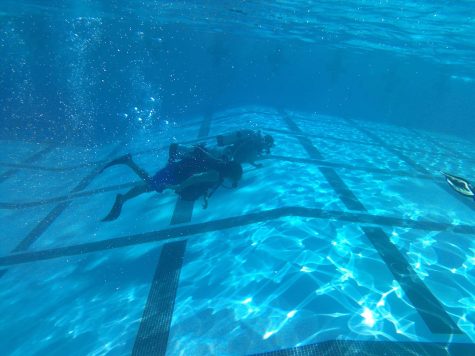
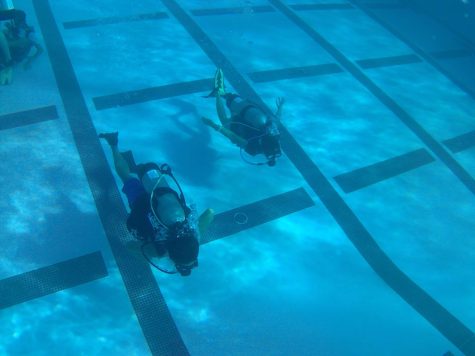
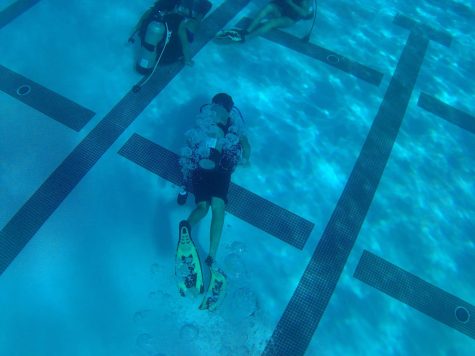
The serene experience of diving is unforgettable, and it has certainly given students an incredible opportunity to participate in a new, unique class.
“I hope [this scuba diving class] will open [students’] eyes to new things,” Fenton expressed. “I hope it builds confidence and makes them feel like they are able to do things that they might have thought would be too difficult or scary.”
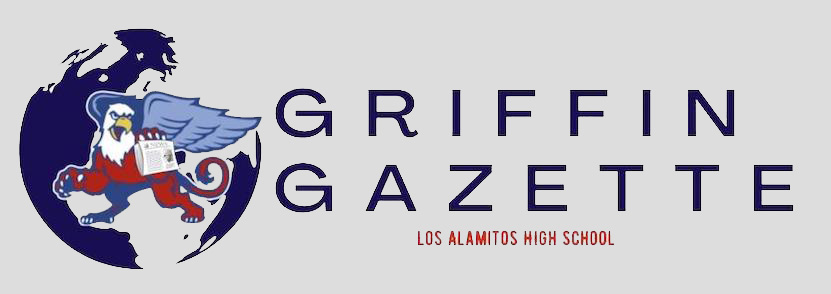
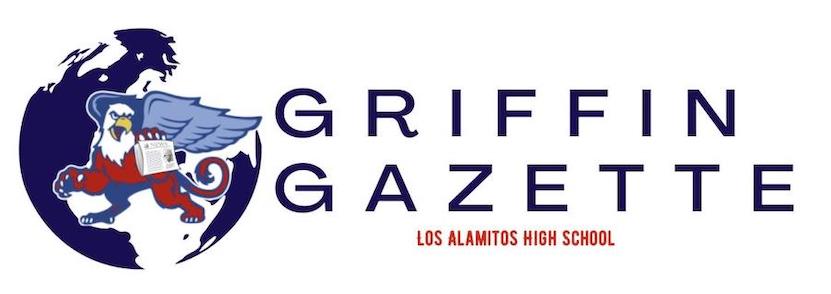
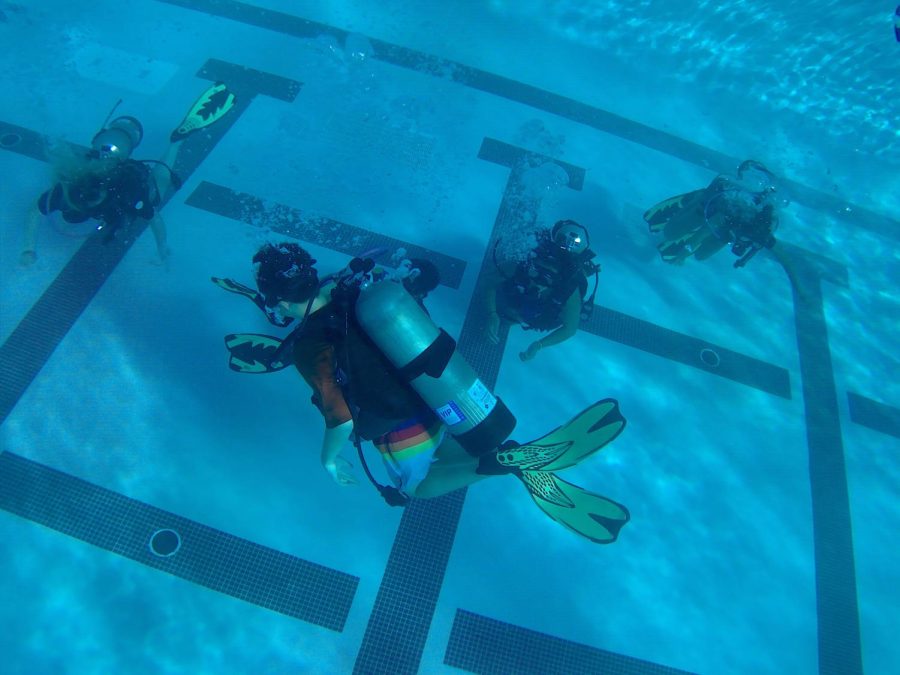
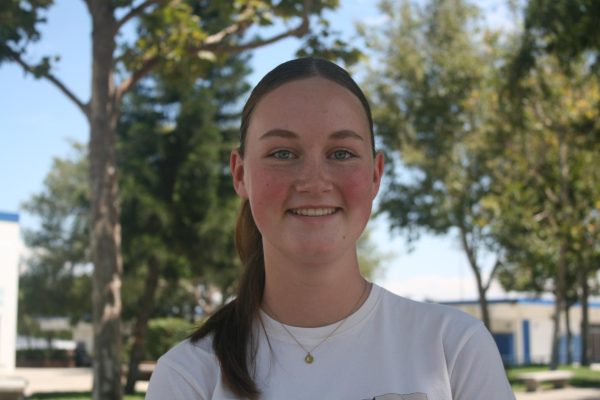
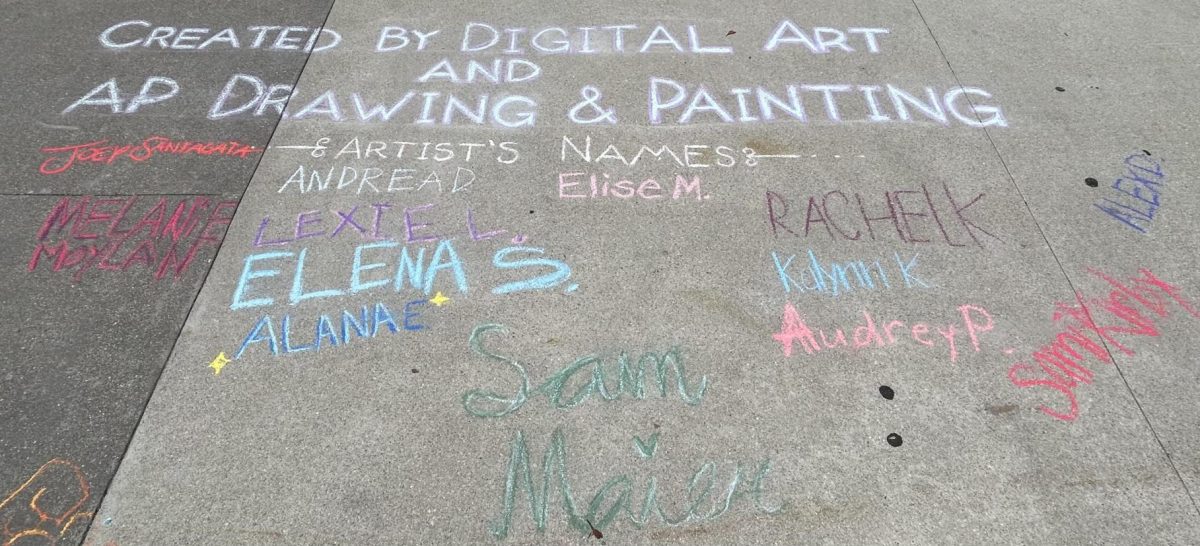
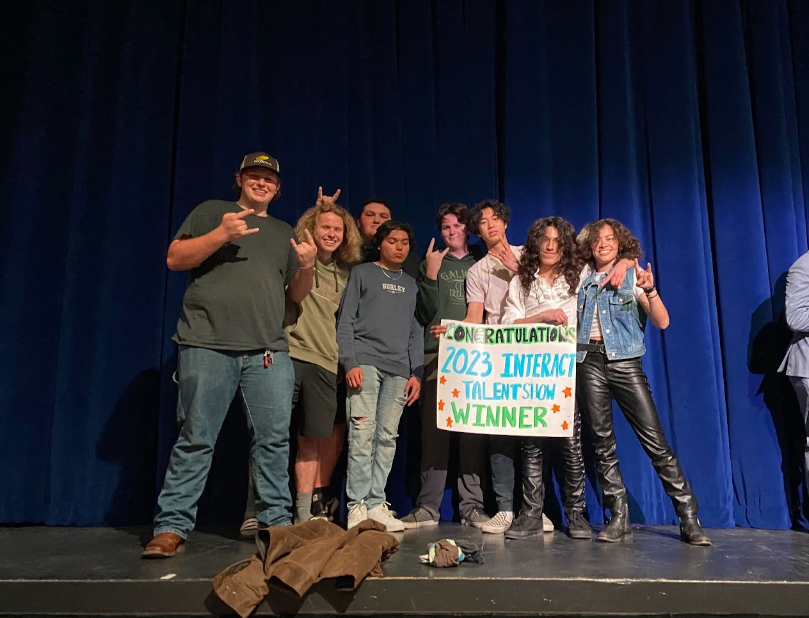
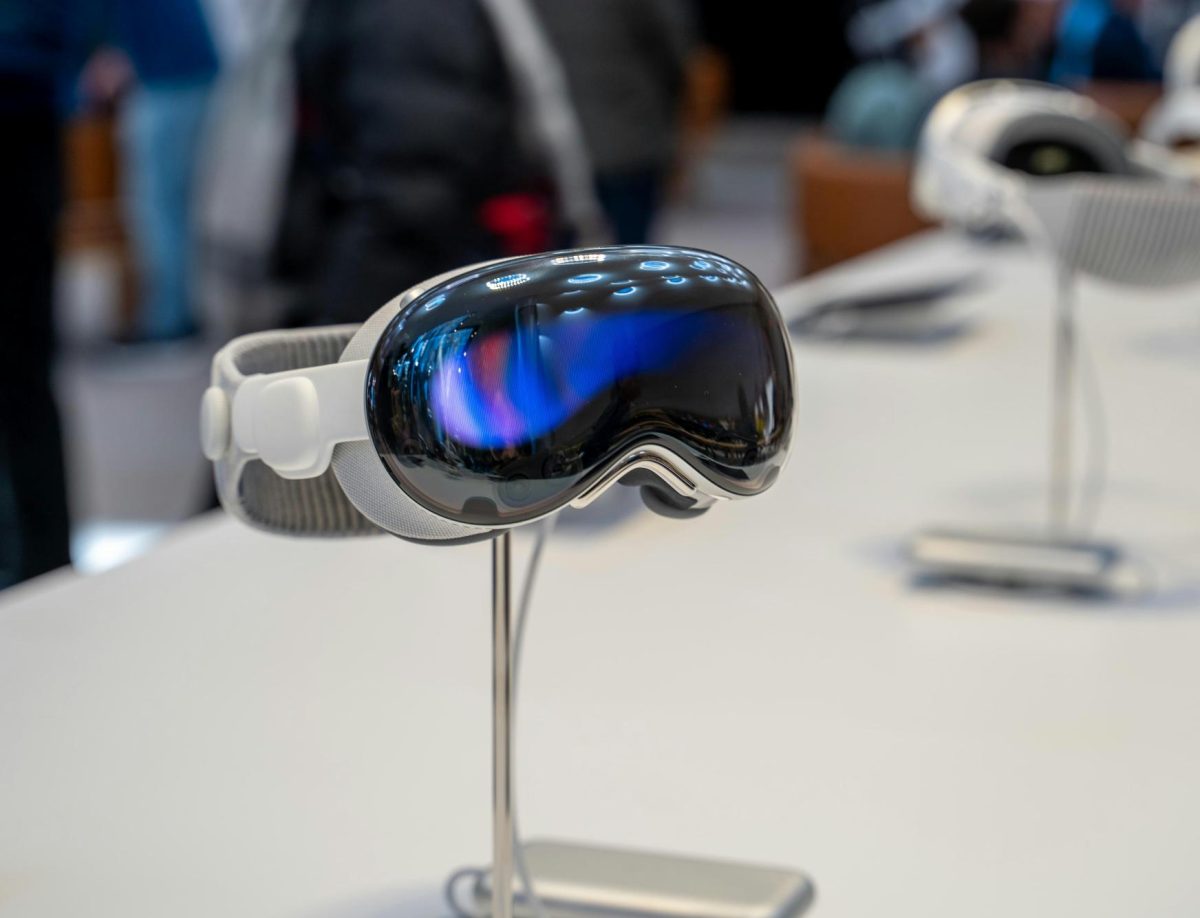
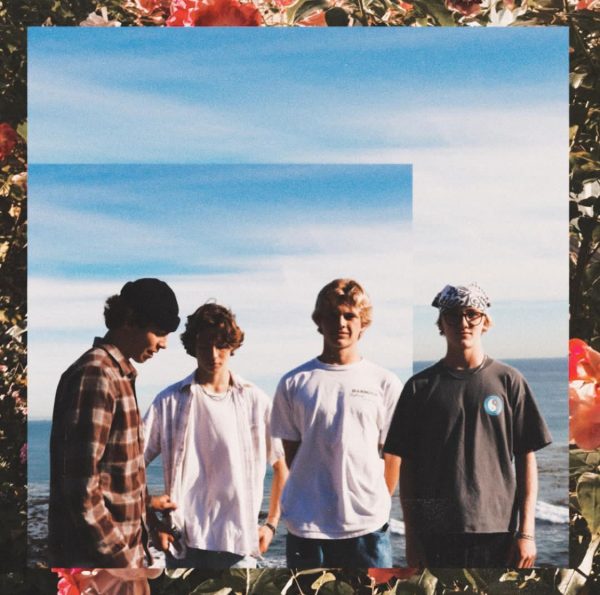
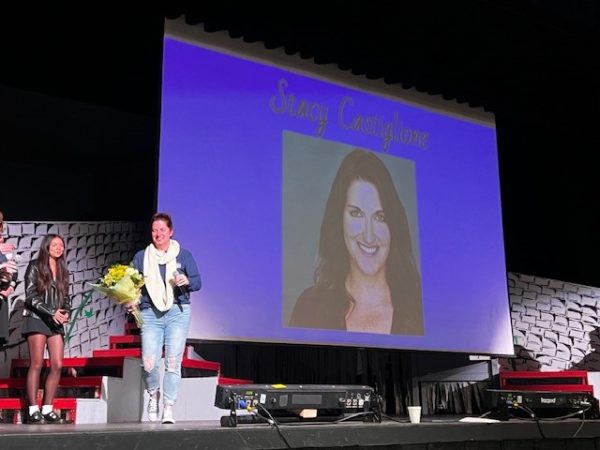
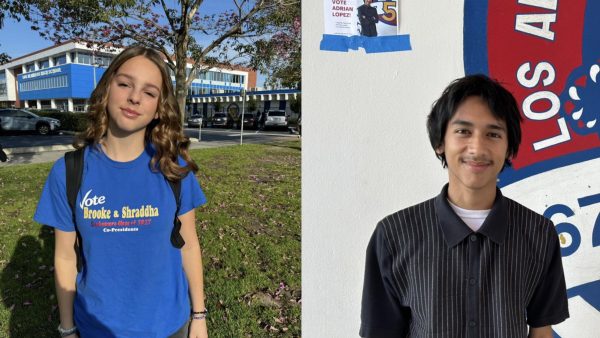
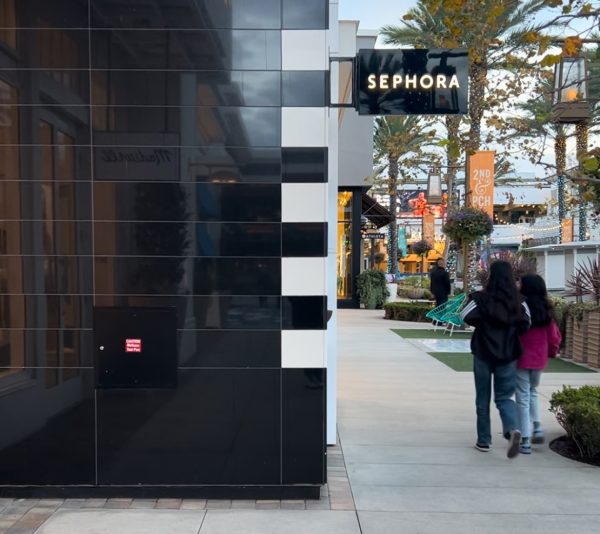
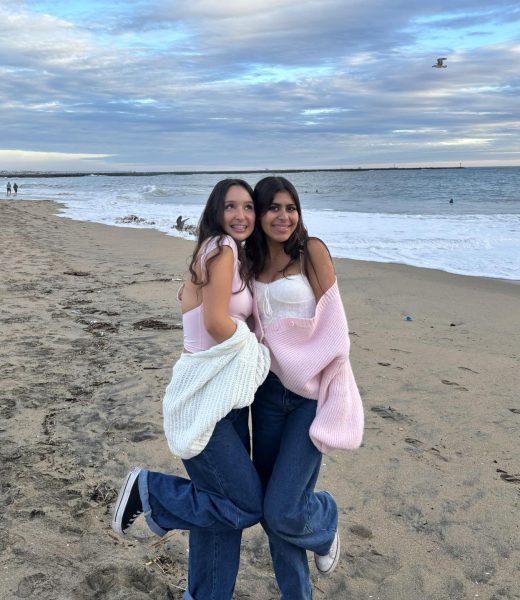
Alicia Tan • Nov 3, 2022 at 2:00 pm
This article is so interesting and well written! I love the underwater photos!!!